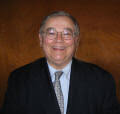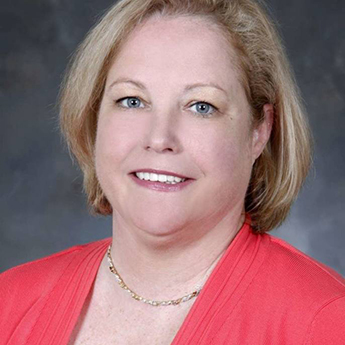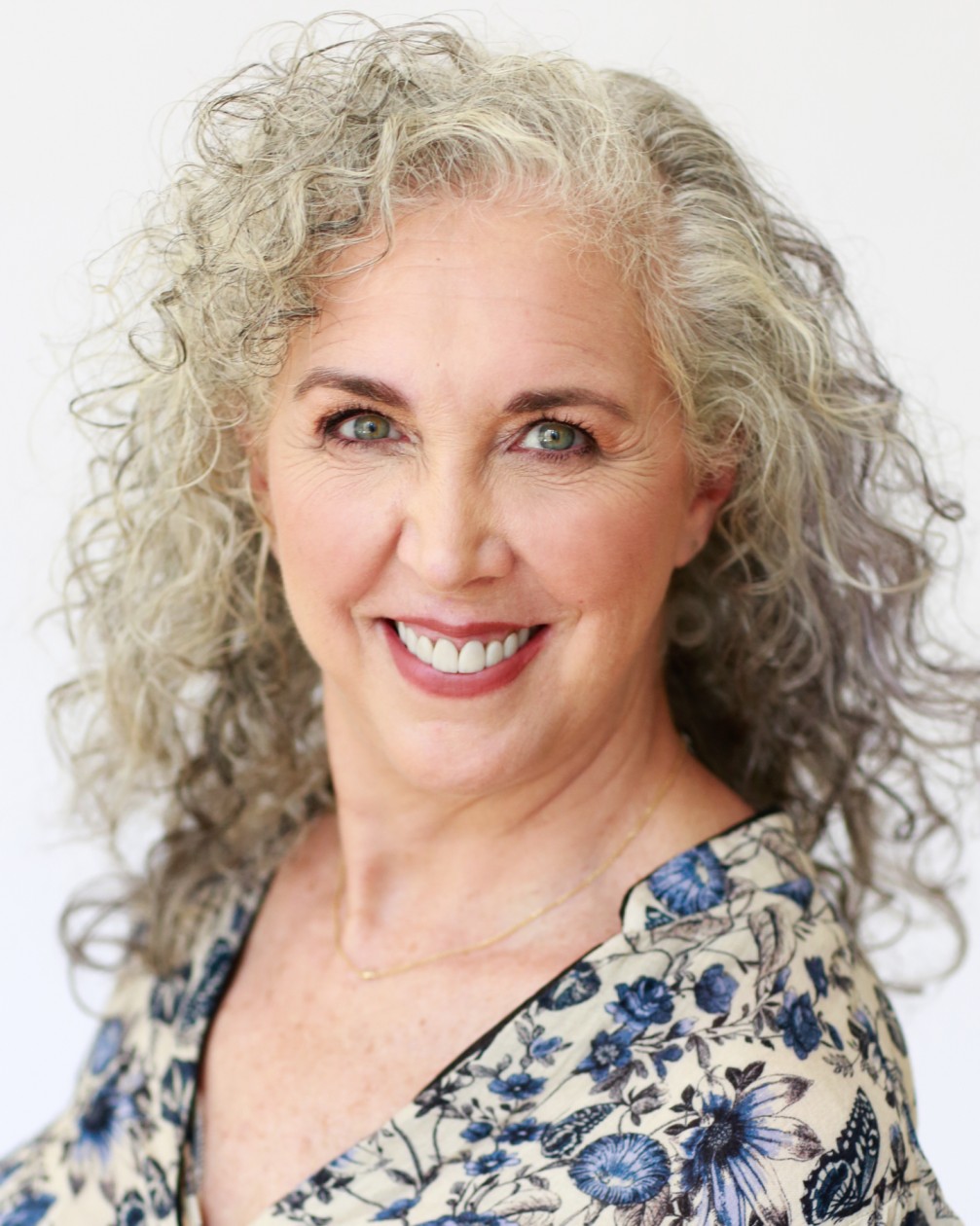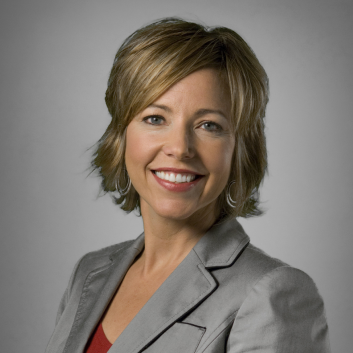Intro to Proper Aseptic Technique and Clean room Behaviour
In sterile compounding, the aseptic technique contributes to the prevention of microbiological contamination. It provides sterility, safety, and efficacy to the sterile product, especially various injections for patients. Cleaning, Gowning, and proper methods of contamination control will be reviewed along with why clean rooms are designed the way they are.
- Definition of Aseptic Processing (AP)
- Terminal Sterilization vs. AP
- Proper Personnel Behavior in a Cleanroom
- Facility Design and how it impacts the product
- A review of proper environmental monitoring practices and systems used
- Aseptic Technique & Clean Room Behavior
Compounding sterile products are made utilizing an aseptic technique. Aseptic technique is a microbiological term referring to the prevention of microorganism contamination. The procedure involves the use of specialized equipment, sterile apparel, meticulous processing, and continuous cleaning. This course will review proper cleaning, gowning, and ways to avoid the common sources of contamination that exist in a clean room environment. This course is also a good refresher for those personnel who are familiar with the way to properly work in the clean room and why Cleanrooms are designed for proper contamination control.
This course will benefit those Aseptic operators, Aseptic sample handlers, personnel who work in a Biological Safety Cabinet (BSC), and their management and Quality Assurance counterparts, in highlighting how to operate in a clean room environment, proper facility design, proper personnel gowning, and the equipment needed to conduct environmental monitoring. In addition, this course will review how Quality Systems help define requirements for aseptic techniques and clean rooms and how to properly maintain these environments.
- Microbiology
- Aseptic Technique
- Environmental Monitoring
- Gowning
- FDA
- Clean Room
- ISO
- Classifications
- Contamination Control
Danielle DeLucy, MS, is owner of ASA Training and Consulting, LLC which provides Pharmaceutical and Biologics based companies with training and quality systems assistance in order to meet Regulatory compliance. Prior to this role, Danielle has been in the industry for 15 years serving in numerous Quality Management Roles, such as the Director of Product Quality, the oversight of Sterility Assurance practices and provided QA oversight of numerous filling and packaging operations. Danielle began her QA career as a Quality Control Pharmaceutical Microbiologist at a contract laboratory where she performed various tests for their clients. In the years after, she has held positions in the Quality management arena while increasing her responsibility. She has helped to lead many Regulatory Health Inspections and was instrumental in the coaching process of her peers prior to any inspection. Currently, Danielle assists companies who are faced with warning letters, consent decrees and those wishing to improve compliance establish more robust quality systems so that the company can succeed.
Upcoming Webinars























































































